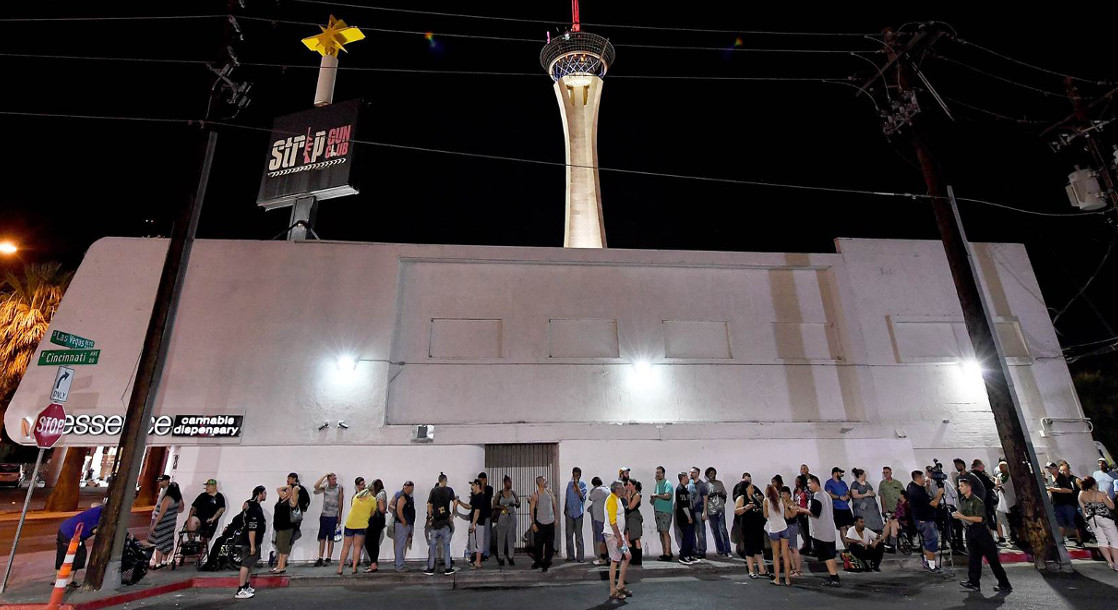A new study in the journal Frontiers in Psychology has found that subjects who were asked to wear a police uniform reacted in a more biased way than those wearing normal clothes.
"We all know that the police generally do an excellent job, but there has also been a great deal of public discourse about biased policing in North America over recent years," Sukhvinder Obhi, associate professor of Psychology, Neuroscience & Behavior and senior author of the study, said. "We set out to explore whether the uniform itself might have an impact, independent of all other aspects of the police subculture, training or work experiences.”
The study, conducted by neuroscientists at McMaster University, asked a group of subjects to identify simple shapes on a computer. The images were interrupted by pictures of white men or black men, dressed either in business suits or hoodies. Researchers measured the subjects' reaction times to see how long they were distracted by the images. Some subjects were asked to dress in a police uniform, while others were allowed to wear their regular outfits.
Researchers were surprised to find that the subjects had no racial bias against black men. Obhi believes that this might be because the test subjects were Canadian, not American. The researchers did find that those in police uniforms were more distracted by images of people in hoodies than those dressed normally, however. "We know that clothing conveys meaning and that the hoodie has to some extent become a symbol of lower social standing and inner-city youth," Obhi said.
"There is a stereotype out there that links hoodies with crime and violence, and this stereotype might be activated to a greater degree when donning the police style uniform. This may have contributed to the changes in attention that we observed. Given that attention shapes how we experience the world, attentional biases toward certain groups of people can be problematic."
Researchers hope to continue the study with collaborators in the U.S. to further understand how police may be affected by implicit bias.











